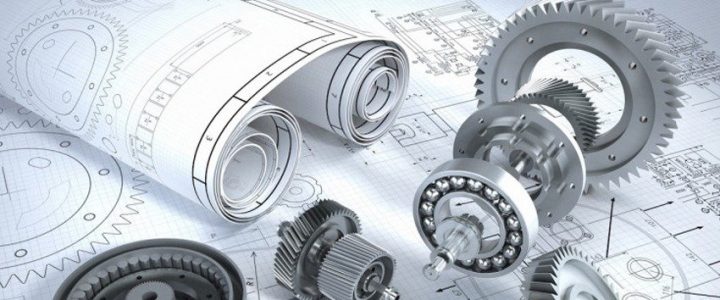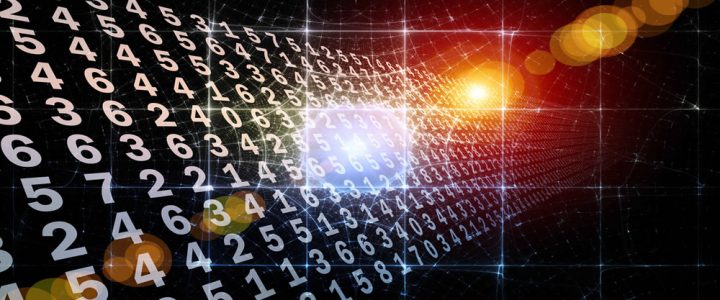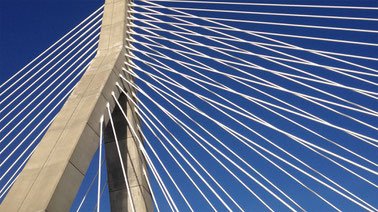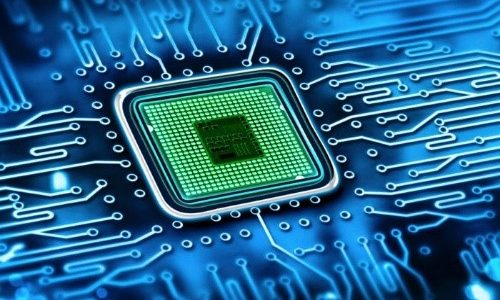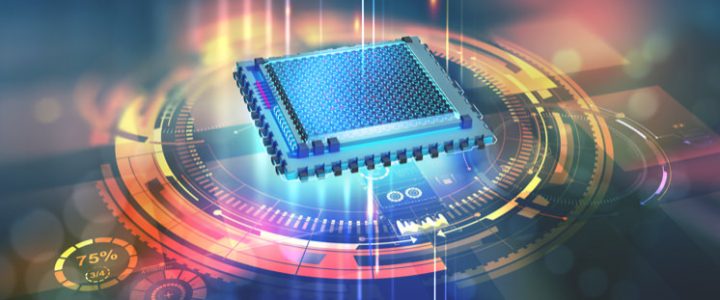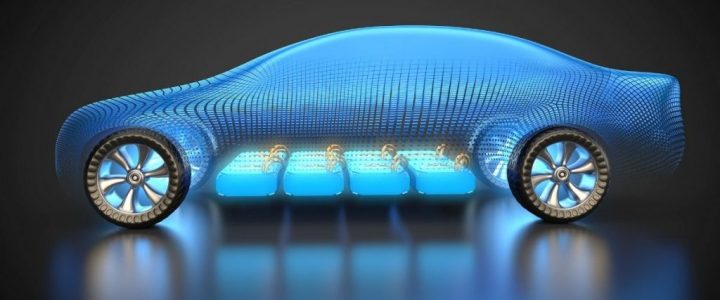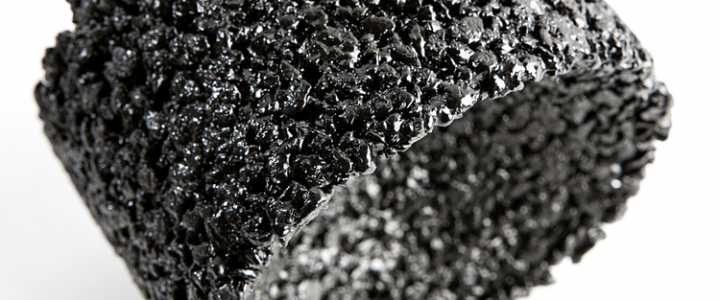| 2 YEAR | II semester | 6 CFU |
| Luciano CANTONE | since A.Y. 2018-19 |
| (by Engineering Sciences) | |
| Code: 80300065 SSD:ING-IND/14 |
LEARNING OUTCOMES: Designing mechanical components considering the need to save weight, material and energy while respecting safety, to promote the usefulness and social impact of the designed product.
KNOWLEDGE AND UNDERSTANDING: The design of mechanical systems, in particular, basic knowledge of the design methodologies of important machine components.
APPLYING KNOWLEDGE AND UNDERSTANDING: Know how to recognise, distinguish, and use the main techniques and tools to design mechanical components.
MAKING JUDGEMENTS: Students must assume the missing data of a problem and be able to independently formulate basic hypotheses (such as that on safety coefficients) based on the operational and functional context of the system/component they have to design.
COMMUNICATION SKILLS: Transfer information, ideas and solutions to specialist and non-specialist interlocutors through intensive use of English terminology.
LEARNING SKILLS: Students, by learning the basics of design, acquire the tools to learn the necessary design techniques of systems/components not directly addressed during the course.
VERIFICATION CRITERIA
Solution of the assignments given during the teaching. The written exam consists of 4 exercises, similar to those solved during the lessons. After passing the written test, there is an oral examination with two questions. The student’s evaluation is related to the understanding and mastery of the principles and methods of design for both written and oral exams.
The oral exam questions aim to ascertain the student’s knowledge and reasoning skills in connecting the different topics covered within the course.
The final vote of the exam is expressed out of thirty and follows the next graduation system:
Not pass, essential deficiencies in the knowledge and understanding of the topics; limited capacity for analysis and synthesis, frequent generalizations and limited critical and judgmental capacity, the topics are set out inconsistently and with inappropriate language
18-21, the student has acquired the basic concepts of the discipline and has an analytical capacity that emerges only with the teacher’s help. The way of speaking and the language used are, on the whole, correct.
22-25, the student has acquired the basic concepts of the discipline discreetly, knows how to orient himself or herself among the various topics covered and has an autonomous analysis capacity that knows how to express with the correct language.
26-29, the student has a well-structured knowledge base. He/She can independently rework the knowledge acquired in the context of the choice of conventional and unconventional materials according to the application; the way of speaking and the technical language are correct.
30 and 30 cum laude, the student has a complete and in-depth knowledge base. The cultural references are rich and up-to-date, expressed with brilliance and properties of technical language.
The midterm tests are optional and allow you to avoid the oral examination with an overall mark of at least 18/30.
Syllabus
Consolidation of basic knowledge to put the student in the right conditions to face a generic machine design problem: Mechanical Engineering design in Broad, Perspective, Load Analysis, Materials, Static Body Stresses, Elastic strain, Deflection, Stability (Eulerian buckling), Vibrations (beam Eigen-modes), Failure Theories,Safety Factors, Reliability, High cycles Fatigue, Low cycles Fatigue, Surface Damage, Contact and impact problems. During the course, several design activities will be demonstrated by exercises and by real life applications.
TEXTS
Machine Component Design, 7th Edition International Student Version Robert C. Juvinall – (University of Michigan), Kurt M. Marshek (University of Texas at Austin)
Teacher’s slides
 UNIVERSITA' DEGLI STUDI ROMA "TOR VERGATA"
UNIVERSITA' DEGLI STUDI ROMA "TOR VERGATA"